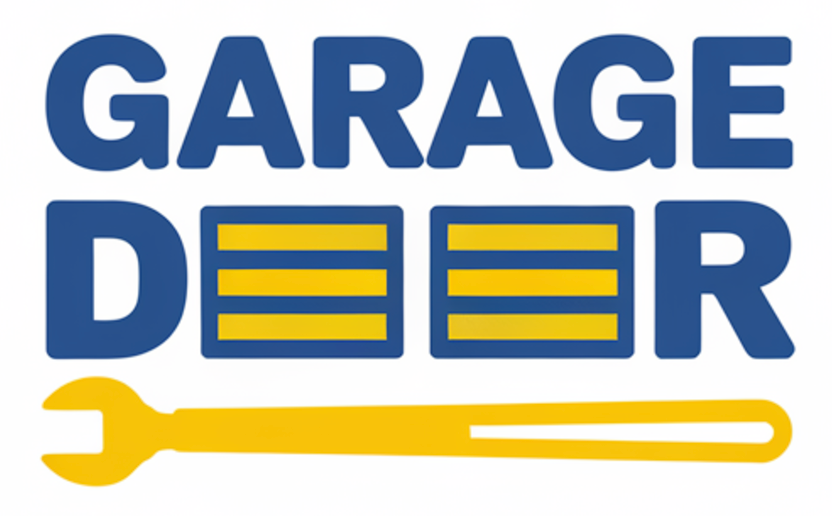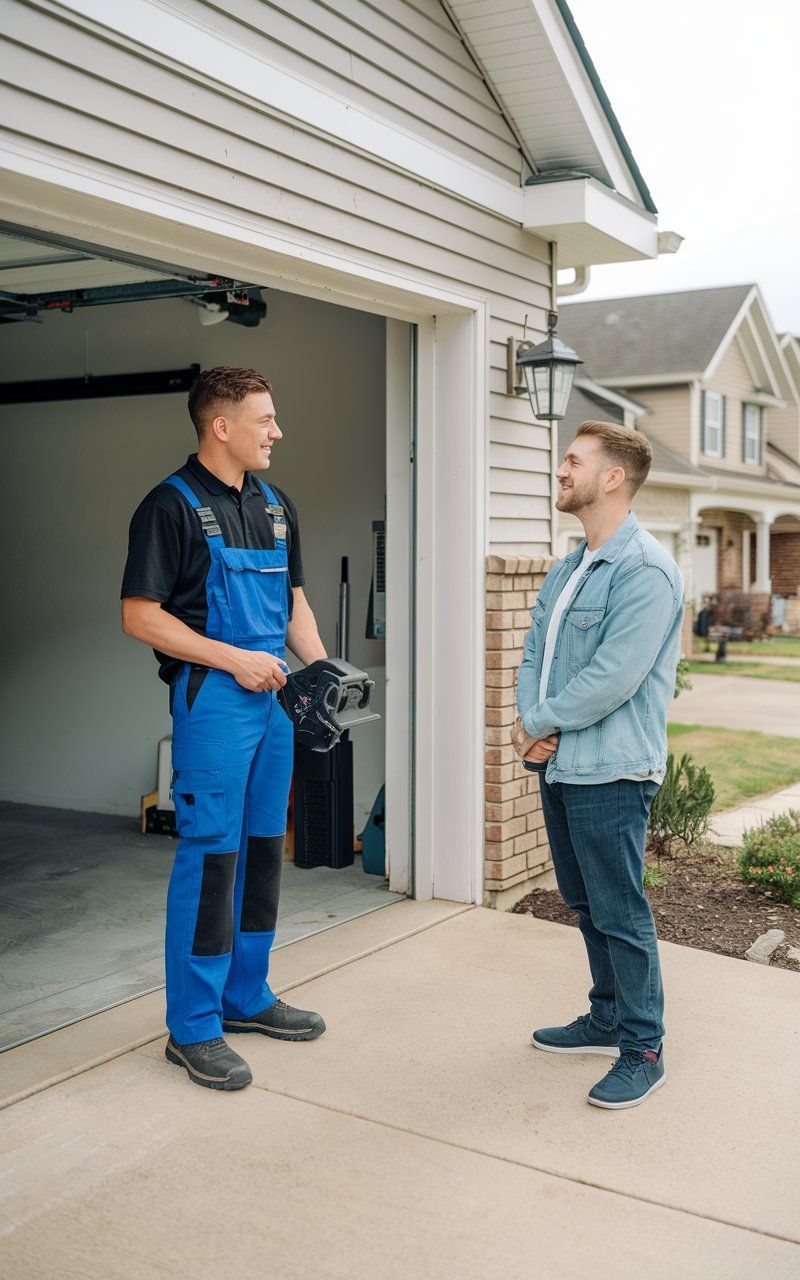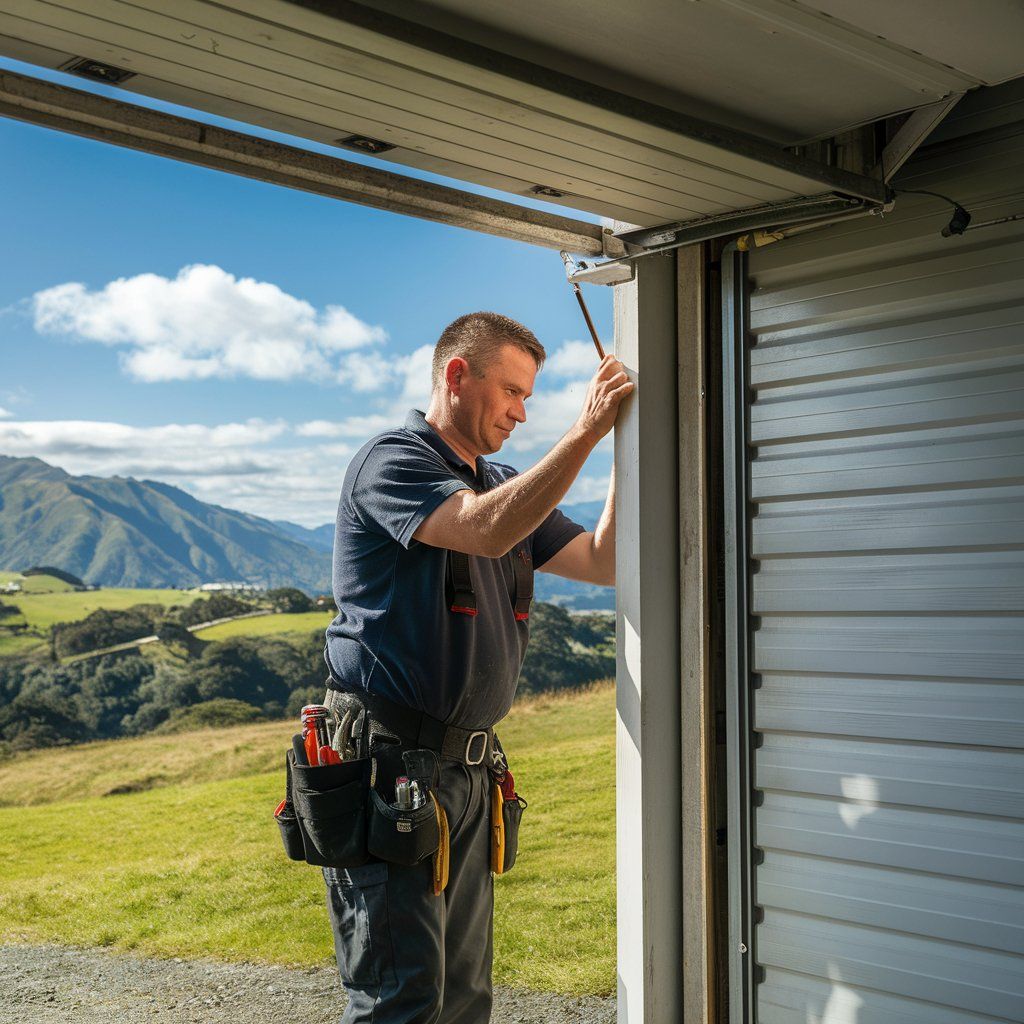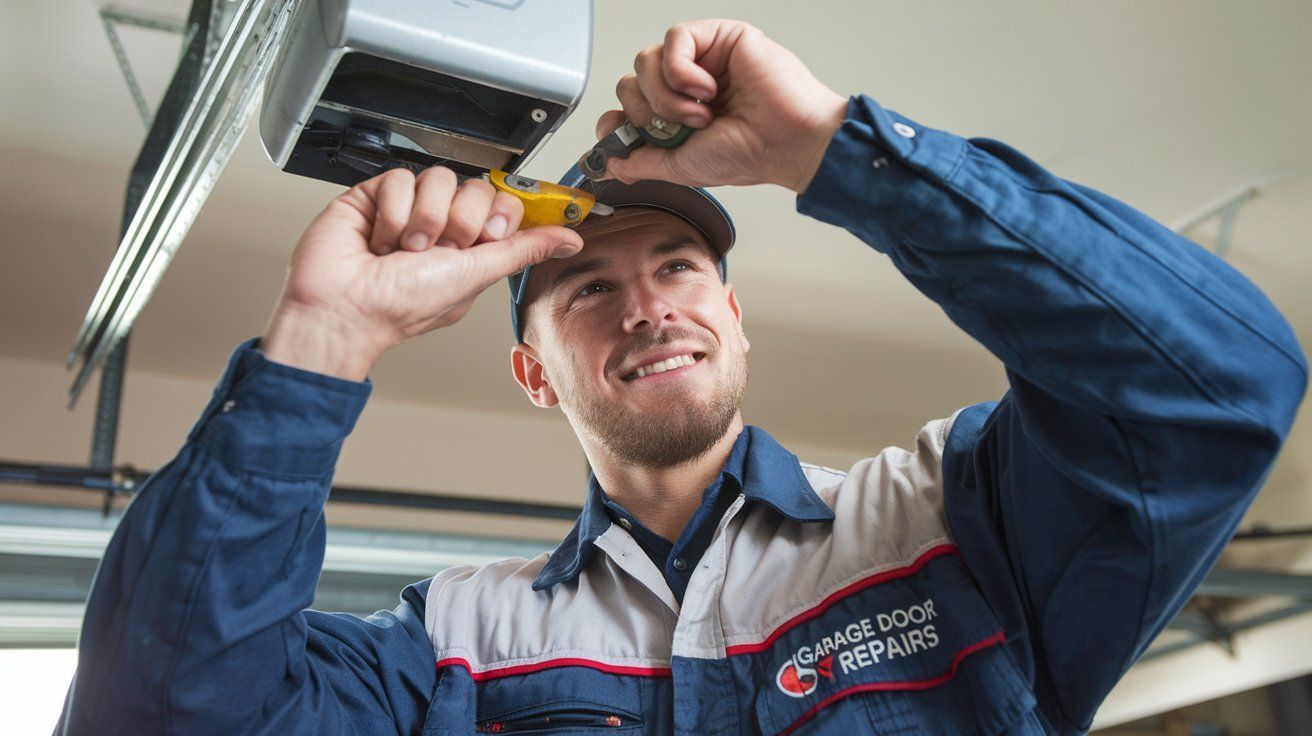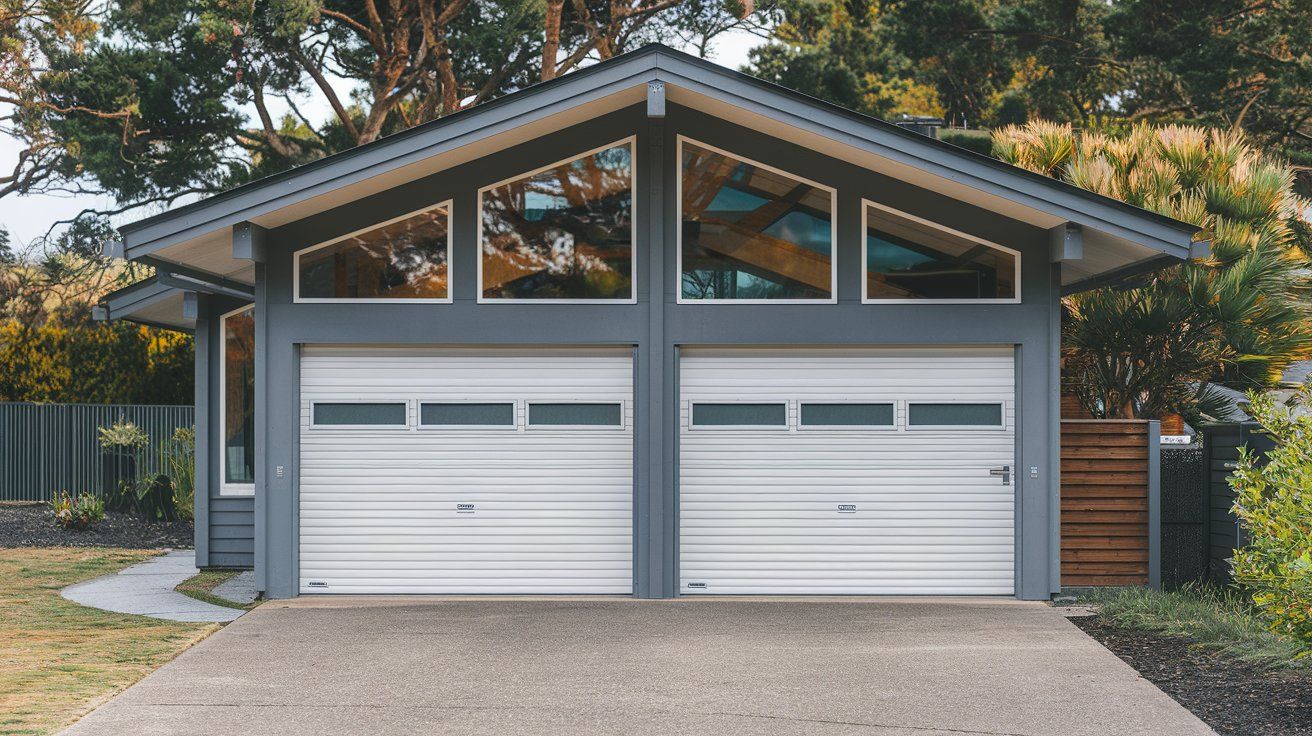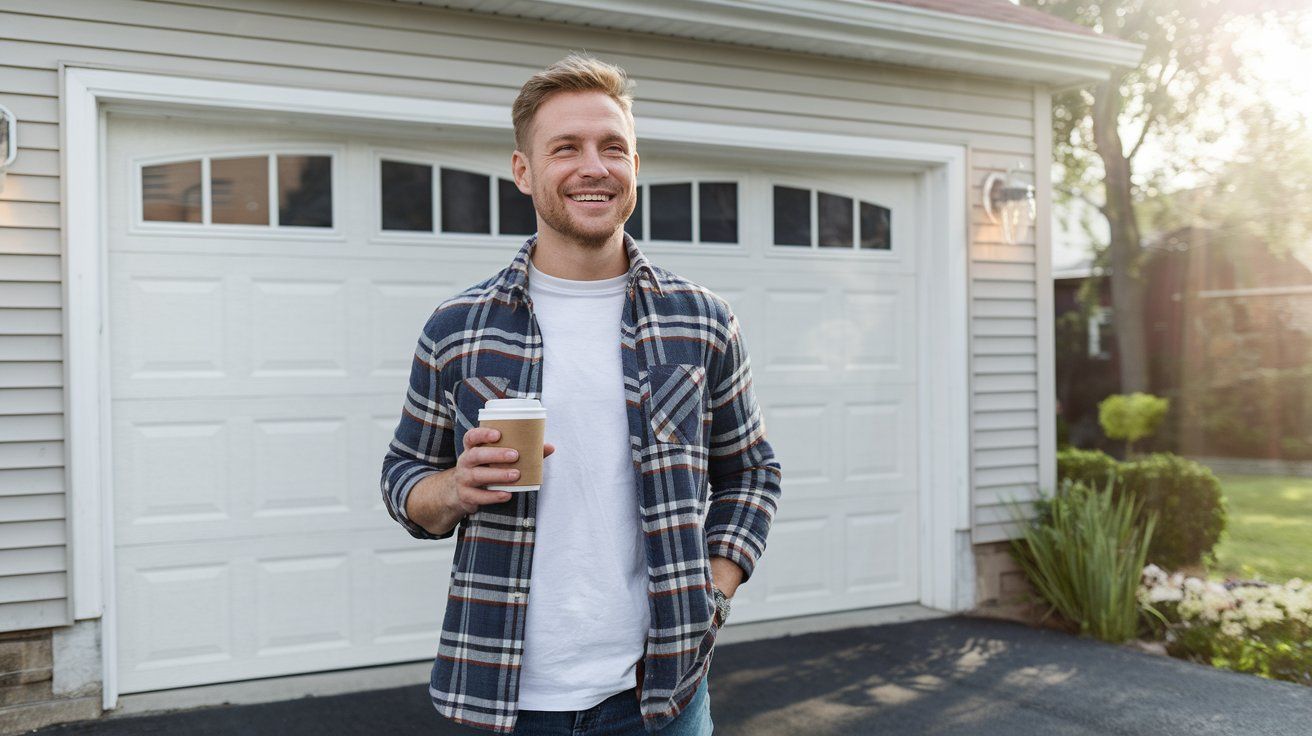Why is garage door not closing and going back up?
Why Is My Garage Door Not Closing and Going Back Up?
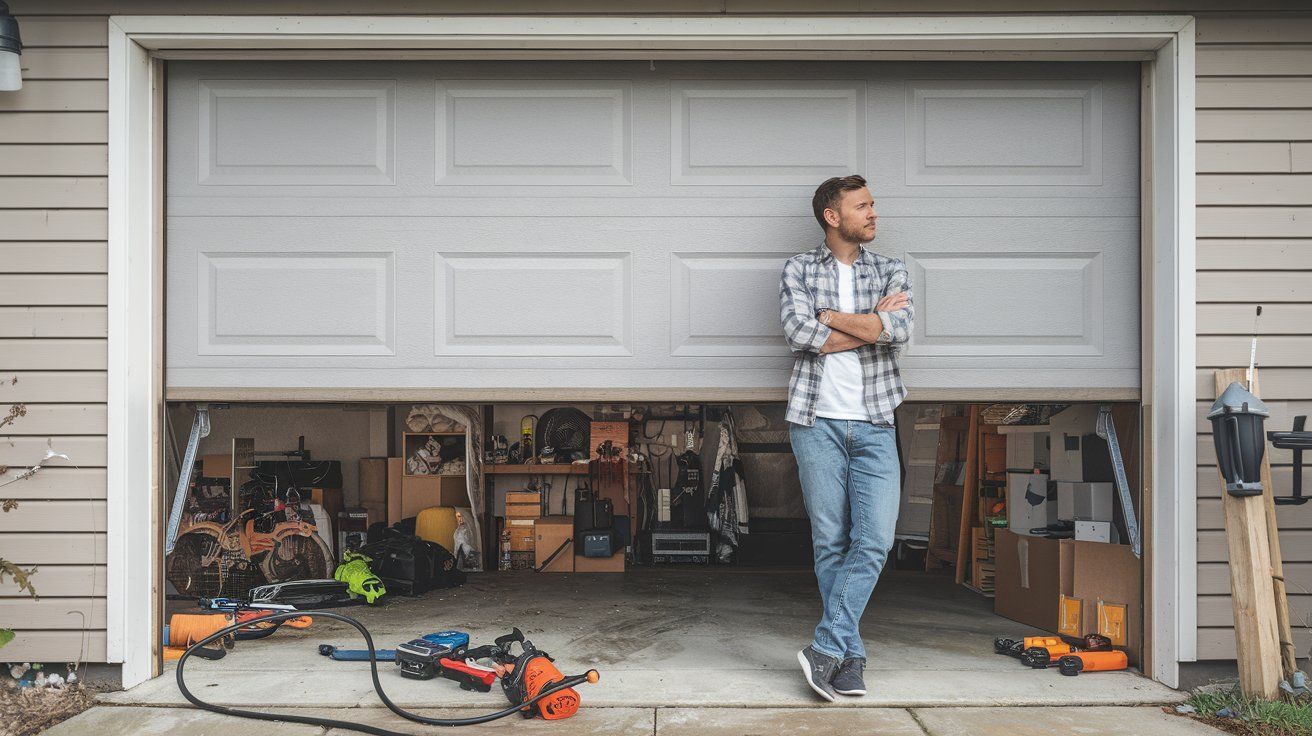
If your garage door starts to close but then reverses direction and goes back up, it can be a frustrating issue.
Understanding the underlying causes can help you resolve the problem quickly and effectively. So, why is your garage door not closing and going back up?
Let’s dive into the most common reasons, practical solutions, and real-life examples to address this issue.
Common Reasons Why a Garage Door Reverses Instead of Closing
1. Misaligned Safety Sensors
- How It Happens: Garage doors are equipped with safety sensors near the floor. If these sensors are misaligned, they can’t detect each other, causing the door to reverse as a safety measure.
- Signs: Flashing sensor lights or an unresponsive door.
- Solution: Adjust the sensors so they face each other directly. Ensure the indicator lights stop blinking.
2. Obstructed Sensor Path
- How It Happens: Dirt, debris, or objects blocking the sensors’ line of sight can trigger the door to reverse.
- Signs: The door starts to close but reverses before touching the ground.
- Solution: Clear any obstructions and clean the sensor lenses with a soft cloth.
3. Sensitivity Settings Are Too High
- How It Happens: Garage door openers have sensitivity settings that determine how much force the door uses to close. If the sensitivity is set too high, the door may reverse prematurely.
- Signs: The door reverses even when there are no visible obstructions.
- Solution: Locate the sensitivity adjustment screws on the opener and reduce the sensitivity slightly.
4. Damaged Tracks or Rollers
- How It Happens: Bent tracks or worn rollers can cause the door to bind, triggering the reversal mechanism.
- Signs: Grinding noises or jerky door movements.
- Solution: Inspect the tracks for bends or debris and clean or repair them as needed. Replace worn rollers.
5. Limit Settings Are Incorrect
- How It Happens: The garage door opener’s limit settings control how far the door travels when closing. Incorrect settings can cause the door to reverse before fully closing.
- Signs: The door doesn’t close all the way or reverses just before hitting the floor.
- Solution: Adjust the limit settings on the opener following the manufacturer’s instructions.
Step-by-Step Troubleshooting Guide
Step 1- Inspect the Sensors
- Check for alignment issues and ensure the sensors are clean.
- Adjust them so the indicator lights stop blinking.
Step 2 - Test for Obstructions
- Remove any objects near the sensor path.
- Clean the area thoroughly to ensure nothing blocks the sensors.
Step 3 - Adjust Sensitivity Settings
- Locate the adjustment screws on the opener.
- Turn the screws slightly to reduce sensitivity.
Step 4 - Inspect Tracks and Rollers
- Check for bends or debris in the tracks.
- Lubricate rollers and replace any that show signs of wear.
Step 5 - Recalibrate Limit Settings
- Use the opener’s adjustment screws to recalibrate the door’s travel distance.
- Test the door after each adjustment to ensure proper functionality.
Examples and Case Studies
Case Study 1- Misaligned Sensors in Auckland
A homeowner in Auckland noticed their garage door reversing unexpectedly. Upon inspection, they found one sensor slightly tilted. Adjusting the sensor resolved the issue in minutes.
Case Study 2 - High Sensitivity in Christchurch
In Christchurch, a family’s garage door reversed due to overly high sensitivity settings. Reducing the sensitivity using the opener’s adjustment screws solved the problem, costing nothing but time.
Case Study 3 - Damaged Tracks in Wellington
A Wellington resident experienced repeated reversals due to a bent track. A technician realigned the track for $150, restoring the door’s smooth operation.
Preventative Maintenance Tips
1. Regular Sensor Checks
- Inspect and clean sensors monthly to ensure proper alignment and functionality.
2. Keep Tracks Clear
- Remove debris and lubricate tracks every six months.
3. Test Sensitivity Settings
- Periodically test and adjust the opener’s sensitivity to prevent false reversals.
4. Check Limit Settings
- Test the door’s travel distance and recalibrate as needed to avoid issues.
FAQ's About Garage Doors That Reverse
1. Can I fix a reversing garage door myself?
Yes, minor issues like misaligned sensors or sensitivity adjustments can often be handled DIY. However, complex problems like damaged tracks may require professional help.
2. How much does it cost to repair a reversing garage door?
Repair costs range from $50 for sensor adjustments to $300 for track realignment or part replacements.
3. Is a reversing garage door dangerous?
While the reversal mechanism is a safety feature, repeated issues can indicate underlying problems that may pose risks if not addressed.
Conclusion - Why Is My Garage Door Not Closing and Going Back Up?
A garage door that won’t close and reverses back up is often caused by misaligned sensors, obstructions, or incorrect settings.
By inspecting and addressing these common issues, you can restore your door’s functionality. Regular maintenance and prompt repairs can prevent future problems and ensure smooth operation.
Need professional assistance?
Contact a trusted garage door technician today to diagnose and fix your reversing door issues!
